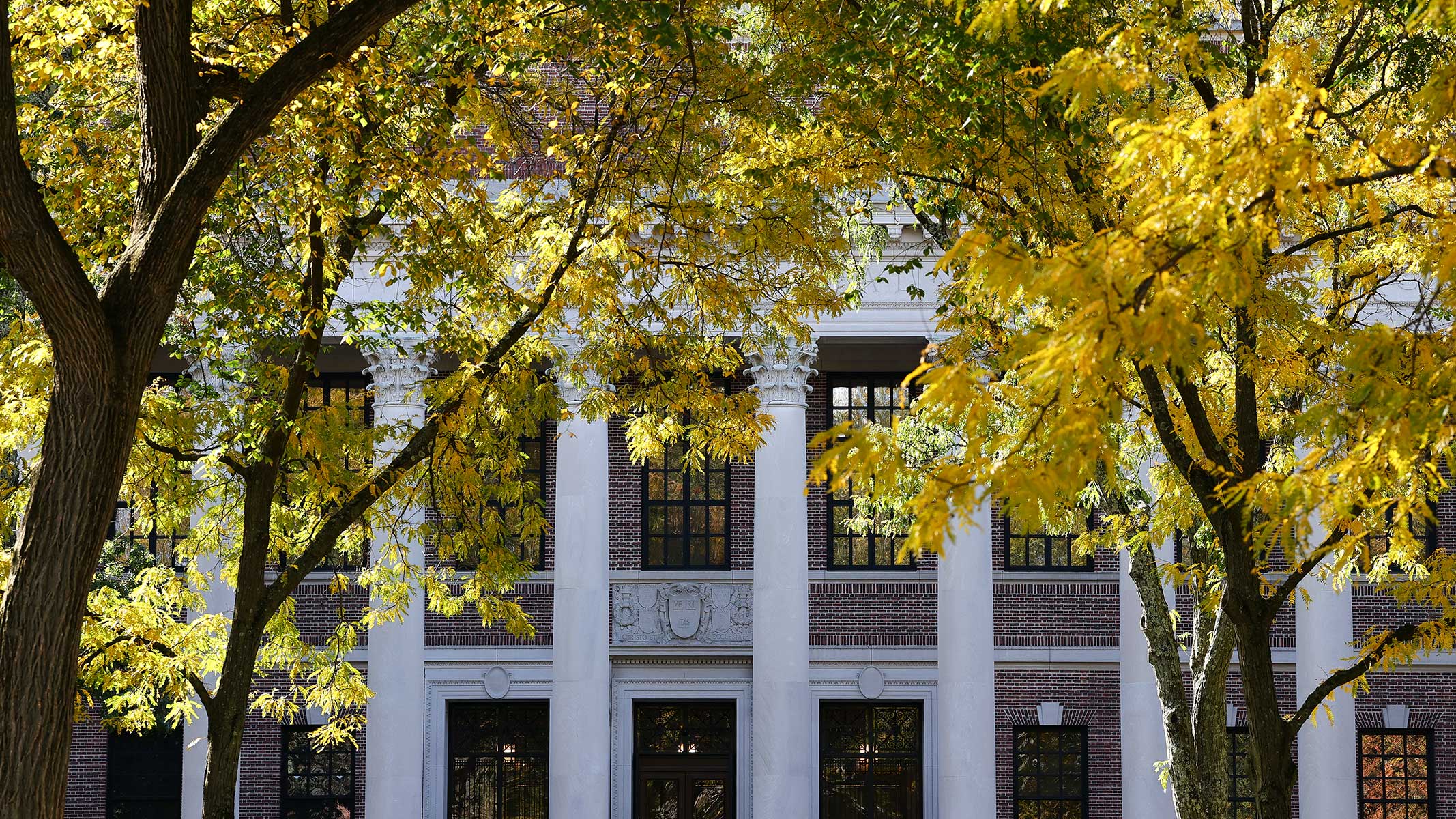
Harvard has finally acknowledged that it has a problem with grade inflation. Unfortunately, though the university has now admitted that its instructors award too many A’s, its proposed solutions fall short.
According to a 25-page report authored by Dean of Undergraduate Education Amanda Claybaugh and released to faculty and students last month, Harvard now gives top marks more than 60 percent of the time, up from just 25 percent in 2005. The median GPA has also increased, to 3.83 from 3.49 in 2005. According to the report, Harvard is “failing to perform the key functions of grading,” which is “damaging the academic culture of the College.”
Finally, a reason to check your email.
Sign up for our free newsletter today.
The report marks a sharp shift in tone for Harvard. A 2023 report cautiously cited compression—that is, a tighter clustering of grades but not necessarily a higher average—but Claybaugh’s report explicitly identifies grade inflation. It also outlines several incentives—some driven by the university, others by students and faculty—fueling the problem.
Though it doesn’t explicitly say as much, Claybaugh’s report also reveals the consequences of Harvard’s waning commitment to merit. She notes that over the past decade, faculty have relaxed grading standards partly in response to the university’s “exhorting faculty to remember that some students arrive less prepared for college than others.” Harvard attributes this unpreparedness to students’ limited exposure to complex texts and shorter attention spans caused by “media culture.” But during this same period, the university made standardized tests optional, sidelining one of the few objective measures of academic readiness in admissions. (The report neglects to note this.)
As courses became less demanding and grading more lenient, the report explains, earning an A grew progressively easier. Harvard’s shift from high-stakes exams to frequent, lower-stakes assignments rewarded effort over mastery, giving students a false sense of confidence in their understanding of a subject. Some faculty even gave students A’s just for completing assignments.
Part of the pressure to give A’s comes directly from students. When nearly everyone seems to be receiving A’s, even the possibility of an A- seems terrifying to students. Faculty worry about upsetting students and doubt that administrators will “have their back” if the student complains. Students routinely negotiate grades with professors, while professors, especially non-tenured ones, fear receiving negative student evaluations.
Even tenured faculty are not immune from student pressure. Poor course evaluations and a reputation for harsh grading can lead to smaller class enrollments, which affect department budgets. As one faculty member put it, giving honest grades now requires great “strength of character.”
Harvard’s approach to solving grade inflation appears incremental and tentative, though the problem is perennial. Most of the university’s proposals accept grade inflation as a given rather than tackling its underlying causes. For instance, Harvard suggests expanding the grading scale to include A+, which would be awarded only to a limited number of students in a class. But this merely kicks the can down the road, much like raising the debt ceiling does nothing to tackle the problem of spending growth.
Another proposal would introduce a “variance-based grading system” for internal use, allowing Harvard to distinguish high-performing students for awards and honors without publicly confronting lenient departments or underperforming students. That’s just a band aid that doesn’t correct relaxed standards.
Some of the more promising proposed reforms include eliminating student course evaluations to ease pressure on faculty, recording median grades for each course on transcripts to discourage students from selecting only easy courses, and returning grade distributions to 2015 levels—a time “when grading was not overly stringent . . . but we did assign a broader distribution of grades,” according to the report. These would all represent changes in the right direction, albeit still modest ones, suggesting something less than a commitment to academic rigor.
If Harvard really wants to address grade inflation, it needs a reset. One solution would be to institute a standardized, university-wide grading curve. In the past, when grade quotas or semi-curves were suggested, Harvard officials insisted that “nobody wants to legislate grade distributions.” But the situation is far more serious today. A temporary curve lasting two or three years would not only allow faculty to apply strict grading standards guilt-free but also help modify student expectations.
By tolerating grade inflation, Harvard and its peers are misleading students about what excellence really entails and denying young people the elite education they have promised to deliver.
Photo by Aaron M. Sprecher/Getty Images
City Journal is a publication of the Manhattan Institute for Policy Research (MI), a leading free-market think tank. Are you interested in supporting the magazine? As a 501(c)(3) nonprofit, donations in support of MI and City Journal are fully tax-deductible as provided by law (EIN #13-2912529).
Source link


















